
Atlus has been on a bit of a roll the last few years. 13 Sentinels: Aegis Rim became a huge success and a stalwart of its genre against all odds, Shin Megami Tensei V successfully revitalized the franchise and made it successful beyond any previous title in the series, and Persona 5 is the signature JRPG for an entire generation of players. So when they announce a new game that they intend to launch as a flagship, tentpole property for them, you’re bound to pay attention. Soul Hackers 2 is Atlus’ attempt to launch a third mainstay franchise for themselves, by taking a 20-year old cult-classic and following up on it by dressing it in the garb that makes modern Atlus titles so appealing. It’s a largely successful attempt, and there’s a lot to like about Soul Hackers 2, though it’s definitely the weakest of the big recent releases by the company, and fans of either Persona or SMT will find it wanting in some key areas that those two IPs are so strong at.
In spite of those fumbles (which we’ll get to shortly), there’s a lot that Soul Hackers 2 does well that it shares with its sister franchises – the UI and sense of style is almost overwhelming, for example, the music is predictably great, and the battle system is a thing of beauty.
That battle system is probably the single strongest thing about the game (which makes sense). Deriving from the excellent Press Turn and 1-More systems in SMT and Persona, but also diverging from them to stake out its own distinct take on the same concepts, it’s familiar but different in all the best ways. Like SMT and Persona, striking elemental weaknesses is paramount to get a leg-up in battle; doing so even once lets you launch a powerful all-out attack against the enemy (called Sabbaths in this game), with these attacks getting progressively more powerful the more party members you managed to hit enemy weaknesses with. Hit an enemy weakness with a party member, and their demon joins the tag team (called a “Stack”) that powers the Sabbath at the end of the turn; the more demons in the Stack, the more damage the Sabbath dishes out.
"The battle system is probably the single strongest thing about Soul Hackers 2. It’s a simple variation on concepts already made familiar by Atlus’ other games, but it works, and it leads to some pretty exciting battles, particularly with bosses, which are long fights where you can get the chance to plan and execute some really elaborate strategies. "
It’s a simple variation on concepts already made familiar by Atlus’ other games, but it works, and it leads to some pretty exciting battles, particularly with bosses, which are long fights where you can get the chance to plan and execute some really elaborate strategies. It also helps that there is (obviously) more to battles than just this simple elemental weakness exploitation and follow-up; the emphasis on buffs and debuffs that Atlus RPGs always place is here, and can change the tide of battle depending on how you leverage them. Special abilities tied to cooldowns (known as “Commander Attacks”) let you gain special advantages at opportune moments, such as being able to switch out your party’s equipped demons, or increasing the power of your Demon Stack.
Battles are also kept fresh thanks to the intermeshing of multiple progression systems the game employs; you level up, getting a lift to your base stats (obviously); your demons level up with you, giving you further stat boosts and learning new abilities; you find materials to unlock more abilities for yourself; you fuse demons to make stronger demons, you recruit new ones to join your party; you meet new characters and get access to stronger gear and facilities to help you do even better in battles, all coming back around to perpetuate the loop further. It’s addictive, it’s well thought out, and it’s really fun to experiment with.
Even the changes the game makes to some longstanding MegaTen mechanics actually work out for the better. Take, for instance, recruiting new demons to join your party. Gone are elaborate negotiations where you talk to the demon that catches your fancy in battle and try to win them over to your cause. Rather, in Soul Hackers 2, the more you battle demons, the likelier the chance that they come up to you as you traverse its dungeons and tell you they want to join your party. When they do, they make one single demand – which if you meet, they join you, no questions asked. It’s a smart simplification of a mechanic that while fun, has often been considered obtuse in the past. While it does give up randomness in the actual negotiations in exchange for not being able to recruit demons when you immediately encounter them, in practice, battling any demon even a couple of times is usually enough for them to start showing up and offering to join you, so any potential frustration there is prematurely allayed.
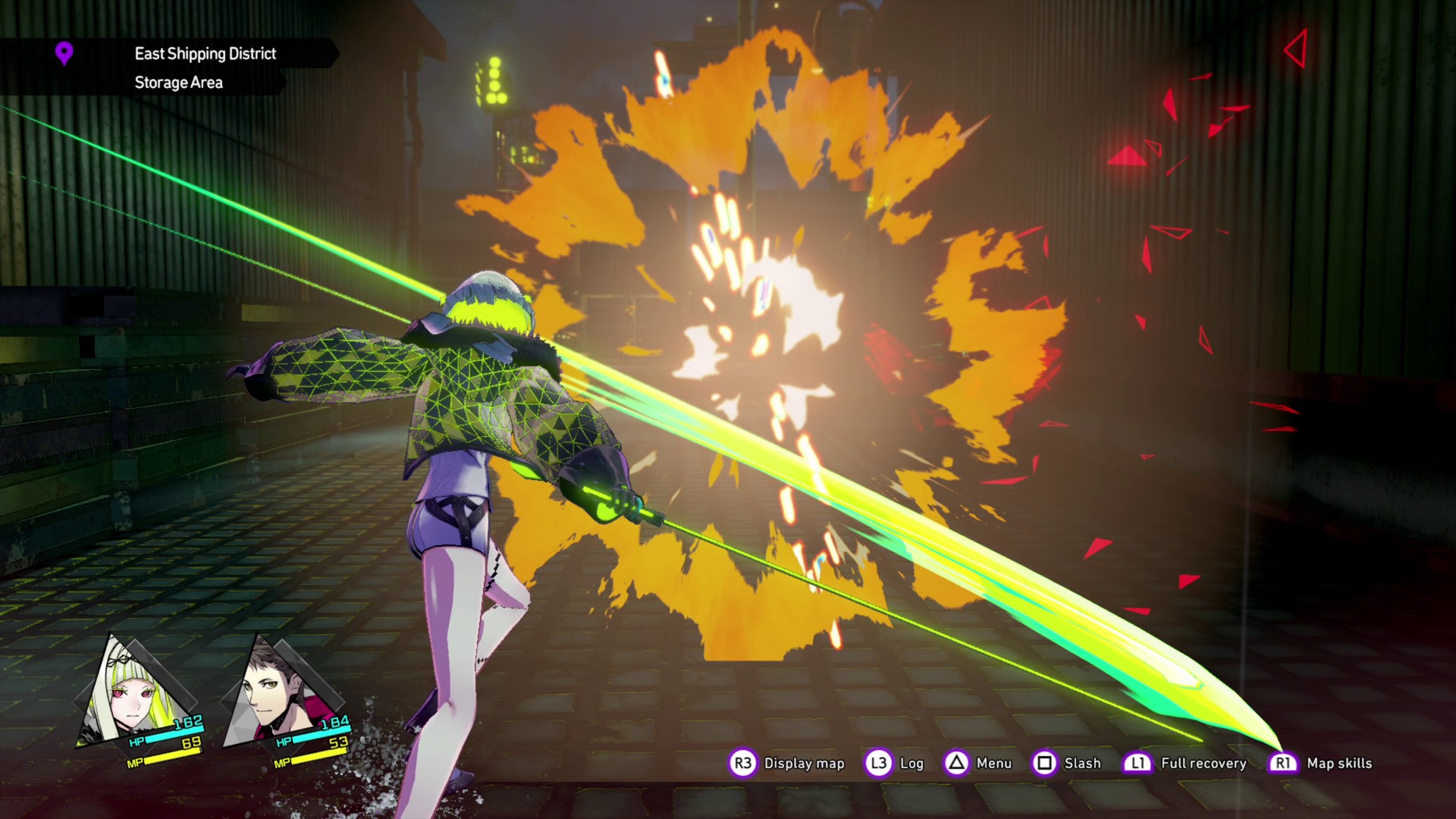
"Dungeon design in Soul Hackers 2 is a bit of a mixed bag, which is an issue because this game is ultimately a dungeon crawler at its core."
While combat is an unmitigated triumph in Soul Hackers 2, the dungeon crawling can feel more frustrating. The core dungeon design in Soul Hackers 2 is great; every single dungeon is hand-crafted (and there are a lot of them), and all of them feel like daunting, exciting affairs when you get around to exploring them, presenting dizzying labyrinths for you to map and some really imaginative navigational challenges and puzzles. However, there are some unforced errors and quirks that hold the dungeons back from being the home run that they otherwise could have been, and do introduce some caveats to what comprises the core gameplay loop in the game. Soul Hackers 2 is, after all, a dungeon crawler at its core, with almost all gameplay in the game being just that.
The issues with dungeons come down to a bunch of things; primarily, the themeing and aesthetic of them is far too repetitive. While some later dungeons do get more creative with their theme and how they look, for far too long, all dungeons look very samey, if not outright reusing the same look (two of the first three dungeons in the game are set in an underground station, for example, and even when the thumbing is technically different, in practice it ends up looking very similar across multiple dungeons). This can really make the whole thing feel dreary, particularly since, as mentioned, these dungeons are where you’re really spending most if not all of your time.
This dreariness gets exacerbated by minor QoL misses that only make the whole dungeon crawling more frustrating than it really should be. For example, take the encounter rate, which is absolutely insane. Now, to be clear, Soul Hackers 2 doesn’t have random battles – demons spawn on the field, and you engage them by walking into them to initiate the battle (or attacking them to disable them, and either get the initiative in the encounter, or to just get them off your back). However, demons that spawn on the field do chase you once they see you. Why is this an issue? Because it means you literally cannot stop to get your bearings or orient yourself in the very aforementioned samey looking dungeons for even a couple of seconds without risking being accosted by a demon and pulled into a battle (at the end of which you better hope you remember your bearings, or you just end up feeling even more lost).

"Outside of the dungeons, Soul Hackers 2 doesn’t have a whole lot going on in terms of gameplay. The world itself is a bunch of smaller areas acting as hubs for you to manage your party’s gear, abilities, demons, and inventory, as well as to get more side quests."
Take those fun navigational challenges and puzzles I mentioned earlier, for example. A lot of these are ones that require you to stop, take stock of the layout of the dungeon as a whole, and plan your route through them to be able to clear them. Except, and here’s the problem, you don’t get a dedicated map screen to do this. There is an automapping overlay on top of the main screen as you play, and that’s all you can refer to to try and figure out your way. The lack of a dedicated map screen would already be a pretty big QoL miss by itself, but when you consider the fact that even referring to this overlay map without being harassed by demons who continue to spawn and attack you while you try to get your bearings is impossible, the whole exercise becomes a lot more frustrating.
This isn’t a deal breaker by any means. It happens rarely enough that it does not really impact the experience too much on the whole. It is just added frustration on top of the dungeons themselves feeling tedious thanks to the visual repetition they pose. What makes these problems more unfortunate is that they all seem like they are unforced errors, easily fixed; a simple dedicated map screen would probably be enough to help players orient themselves in dungeons, and just slightly more visual variation and distinction would address the issue at its root to begin with. They also feel more annoying than they would otherwise given the strength of the dungeons at their core.
But in spite of that, the bulk of these dungeons are really fun and engaging affairs, especially if you pace yourself. The visual repetition aside, the core design and layout is extremely fun, featuring some rather clever challenges and massive labyrinths that make traversing their depths an exciting proposition. Finally understanding the full layout of a dungeon, or unlocking a shortcut that loops you back to an earlier location and gives you a sense for the physical spread of the place, is an exhilarating feeling, and really gives you the sense of you slowly uncovering, and even conquering, a hostile maze through sheer determination and audacity. While these dungeons do have their issues, they’re still more than compelling enough to substantiate the meaty experience they comprise the bulk of. For those who were disappointed by the lack of traditional dungeon crawling in last year’s Shin Megami Tensei V, what is here will be more than enough to satisfy your cravings.
Outside of the dungeons, Soul Hackers 2 doesn’t have a whole lot going on in terms of gameplay. The world itself is a bunch of smaller areas acting as hubs for you to manage your party’s gear, abilities, demons, and inventory, as well as to get more side quests, meaning the compelling and hugely addictive exploration that was SMTV‘s biggest strength is absent here. There are party members you can spend time with in hangout events, and based on what you say, you get closer to them. Getting closer to them also unlocks more of a special dungeon that each party member gets dedicated to them; and traversing that dungeon and clearing more of it gets you closer to the party member in turn. The bulk of the “gameplay” in this side of things comes from the dungeon crawling (which comes with all the issues with the dungeons I already mentioned above). Hangout events are mostly cutscenes, offering you one or at most two dialog options (and even telling you upfront who will like what you say the most), meaning the mechanical and interactive nuance that makes the social elements in RPGs like Persona so compelling isn’t actually present as much here. As mentioned previously, Soul Hackers 2 is primarily a dungeon crawler, and the dungeons are where the bulk of its gameplay resides.
Soul Hackers 2 is also an interesting game as far as the story and characters go. It doesn’t make a strong first impression (the game feels too low budget initially for the amount of focus it places on the story in its opening hours, and the writing feels clumsy too), but it manages to find its footing, and starts to present some extremely interesting themes. Like other MegaTen games, Soul Hackers 2 gets pretty heady with the things it talks about, from ruminations on the human condition (both on an individual and collective social level), as well as the nature of death, existence, and what it means to be human to begin with. And as is the norm for most MegaTen games Atlus games JRPGs, there is some bonkers escalation of stakes by the end that really adds some gravity to proceedings.

"While Soul Hackers 2 does have several problems that feel frustratingly unnecessary, and like they hold it back from achieving the greatness that it often hints at, the final experience feels well worth the time."
Soul Hackers 2 is technically a sequel to the original Soul Hackers (and therefore a continuation of the Devil Summoner line of games that spawned the original Soul Hackers to begin with), but it is almost entirely disconnected from those games. While it has some references and cameos that will make fans of those games extremely happy, you can jump into it knowing nothing about those games (or even their existence) and still follow all of it without trouble.
Stronger than the story are the characters. Your party members in this aren’t friends trying to save the world together as much as they are professional adversaries thrown into an uneasy alliance forced upon them by circumstances. This leads to some pretty fun character dynamics and interactions mostly atypical for the genre (which tends to be about the power of friendship usually), and it makes learning about them feel more fun, since each revelation feels narratively earned. Each character has far more to them than meets the eye at first – and what meets the eye at first is already incredibly intriguing and compelling from the get go.
While Soul Hackers 2 does have several problems that feel frustratingly unnecessary, and hold it back from achieving the greatness that it often hints at, the final experience feels well worth the time. A great cast of characters, intriguing story, snazzy UI, excellent soundtrack, strong aesthetic and art style, and incredible battle system are all enough to help Soul Hackers 2 rise above its several issues, and deliver an RPG that is well worth playing in the end, particularly for JRPG and Atlus fans.
This game was reviewed on the PlayStation 5.
Strong aesthetic and sense of style; Great soundtrack; Exceptional battle system with some great mechanics and thrilling encounters; Dungeon design is compelling at its core; Story and characters are intriguing.
Dungeon crawling has some caveats thanks to QoL misses and visual repetition; Storytelling can feel low budget towards the start of the game and writing can feel clumsy; The encounter rate can be obnoxiously high.










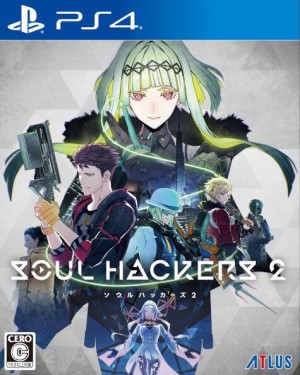

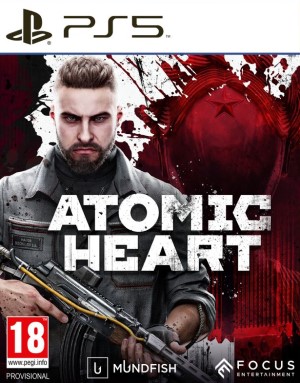
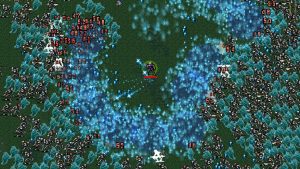




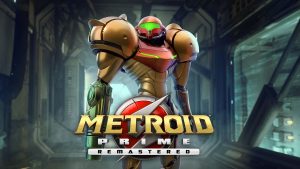
Share Your Thoughts Below (Always follow our comments policy!)